Note
Hi, sorry to bother you but I'm curious about the symbol in your icon, is there a name for it?
There isn’t, it’s a symbol associated with both the PLO and the PFLP as a icon of a unitary, democratic, non sectarian Palestine. People like Leila Khaled have pictures with it but there is no specific name for it, as far as I’m aware.
10 notes
·
View notes
Text
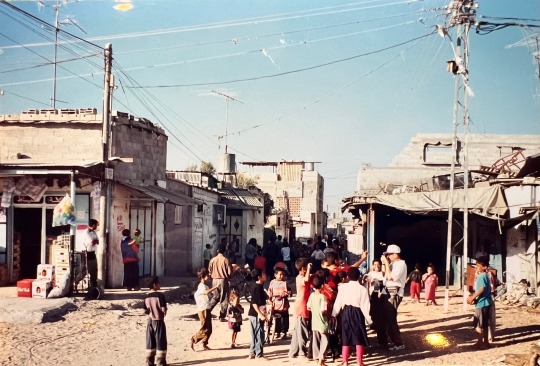

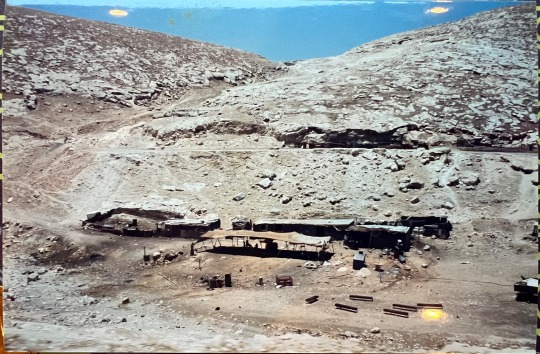


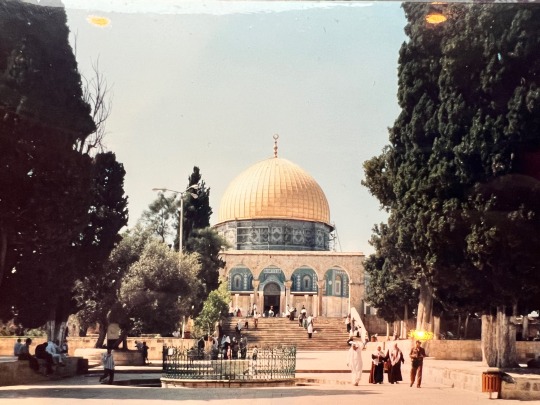


Assortment of photos from Rafah, Gaza City, Al Quds (Jerusalem), Bir Shebba (Beersheba), and Al Khalil (Hebron). These were taken on a film camera by my mother in the 1990s.
2K notes
·
View notes
Text

Alternate view - Palestine, National Geographic (1927)

Palestinian women carrying their babies on their heads, between Nablus and Huwara, Palestine (1927)
3K notes
·
View notes
Text
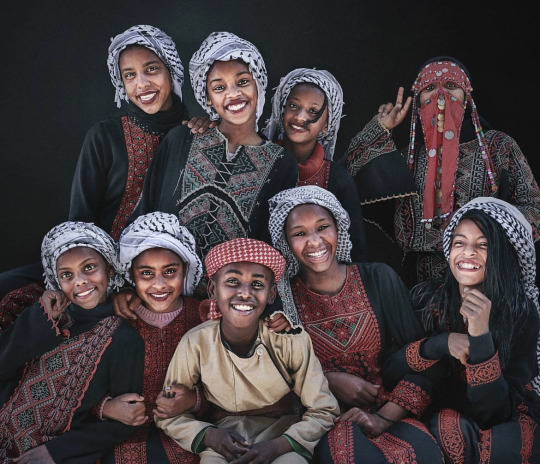

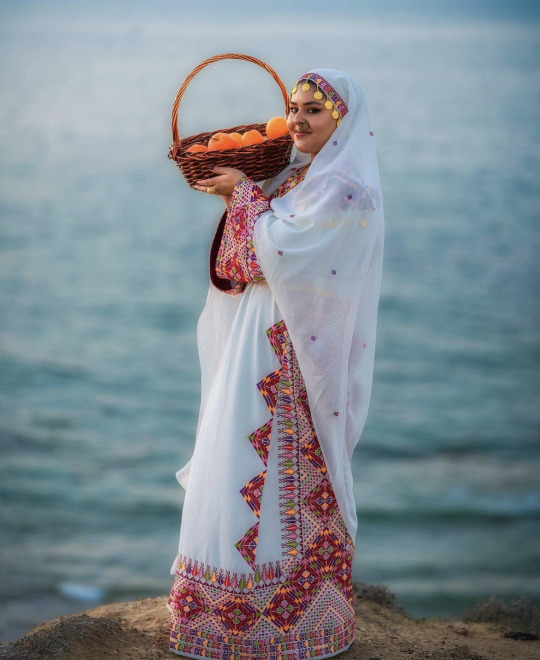
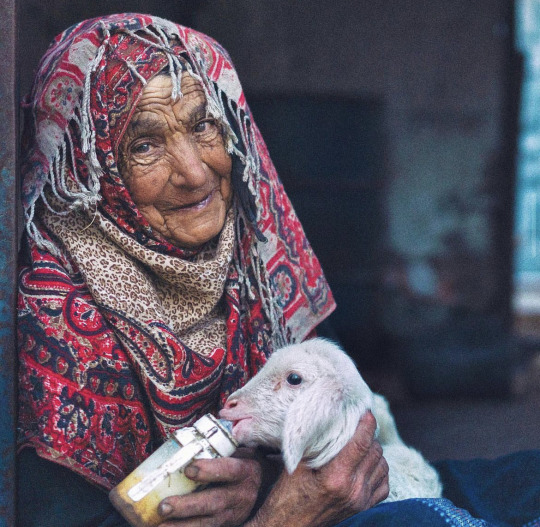
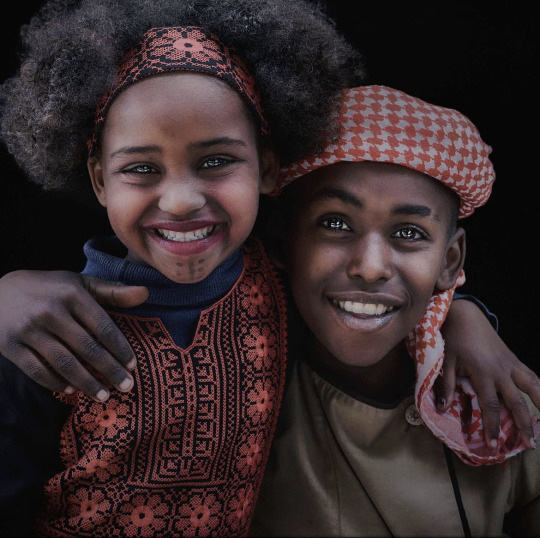
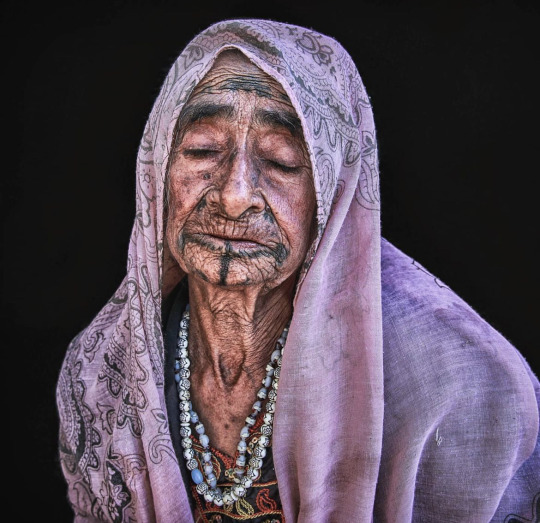
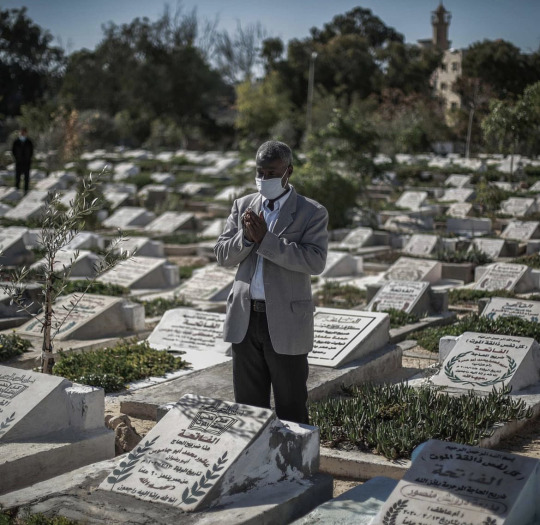
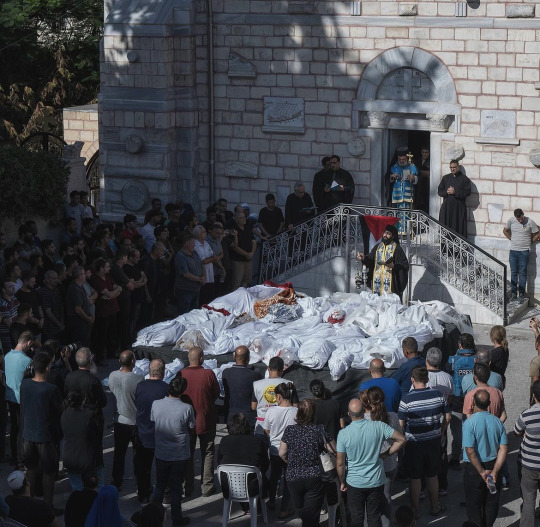
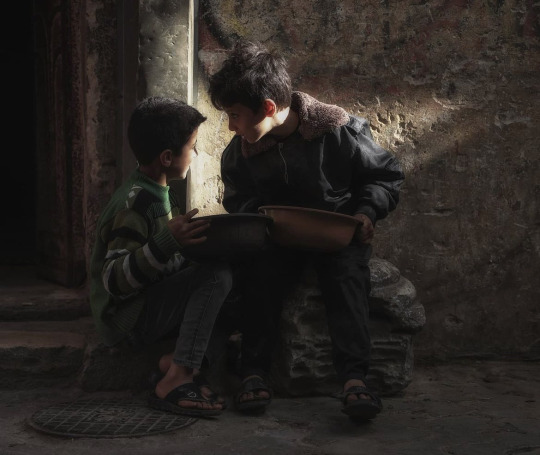
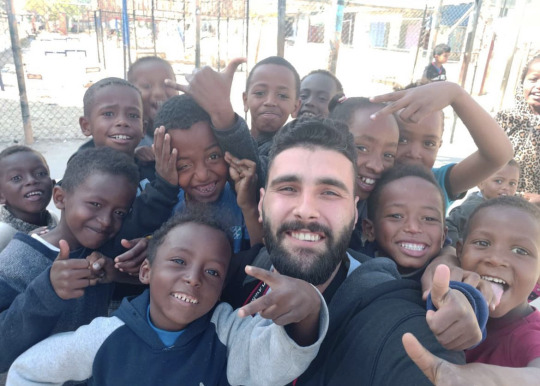
Gazan portraits by Palestinian Photographer Motaz Azaiza (pictured in the center of the final photograph) :
Motaz’s photography captures the daily life of Palestinians in Gaza; from old to young, from happy to sad, from living to dead - he is currently documenting the Israeli onslaught and mass destruction of Gaza live on his social media. His Instagram: Motaz_Azaiza
#palestine#west asia#middle east#free palestine#levant#the dehumanization of Palestinians breaks my heart. we are people. we should not have to prove our humanity to anyone#asia
13K notes
·
View notes
Note
Hello! Do you have anything on Coptic culture? Thank you!
There was one page that covered some amulets made by Coptic goldsmiths, I wish there were more but here are the images:
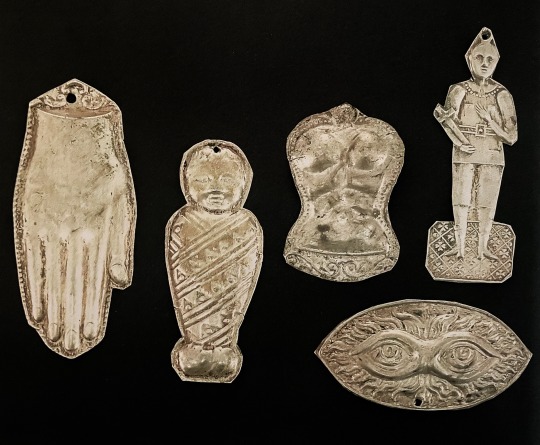
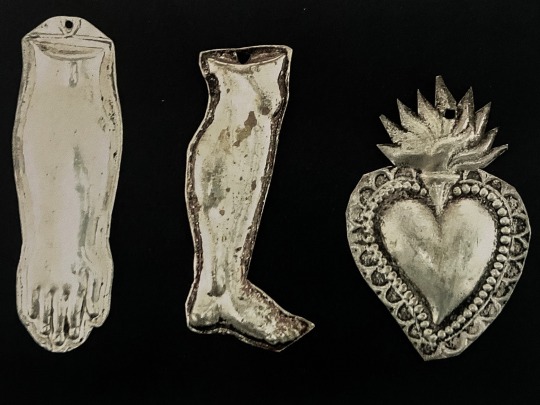
And this is the description provided:
Small silver ex-votos are made using the repousse technique. Worn as charms, they are believed to have powers to cure or ward off disease. Someone with a heart ailment, for example, may wear a hollow, silver heart enclosed by leaves. Someone suffering from deafness or ear trouble would be given an ear-shaped piece of silver as an amulet to protect his hearing. Persons with leg or foot pains are prescribed a piece of silver in the shape of a foot to be placed on the ailing limb. Healing jewelry is the specialty of Coptic goldsmiths, who acquired the experience from making church icons: Christ or the Holy Virgin cradling baby Jesus in her arms. Such healing amulets are made to order for each ailment.
125 notes
·
View notes
Text
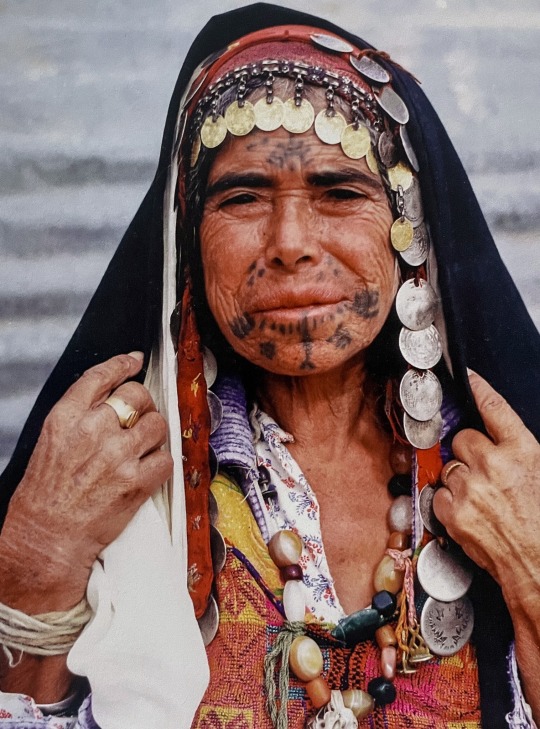


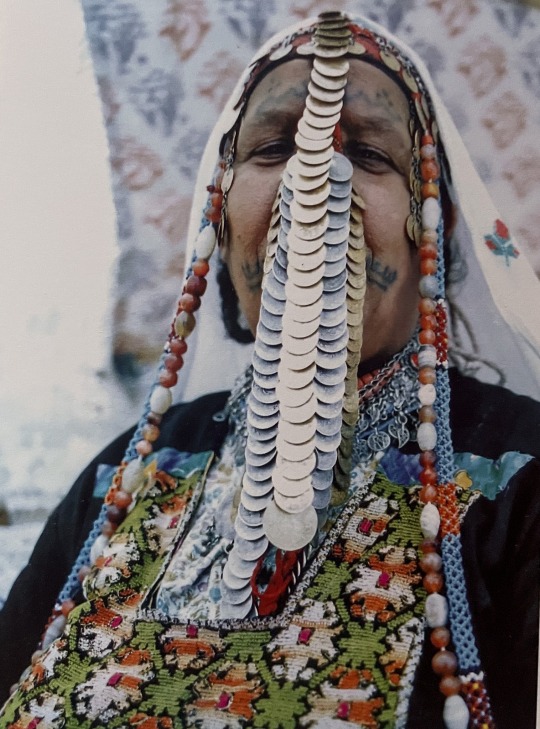
Women of Sinai -Al-‘Arish
The Sinai dress is a masterpiece of art. Some dresses are predominantly red and are only worn by married women, while the blue ones are worn by widows. Dresses with a mixture of blue and red are an indication that the wearer has ended her period of mourning and is now ready to marry again.
The number of colors and the geometric designs embroidered by the women of Sinai on their dresses makes the latter a marvelous background for their kind of jewelry. It is the same as the Palestinian dress known as the Bir Sab' dress, with reference to the Palestinian area adiacent to the borders of the Sinai Peninsula.
The burgu', or veil, is an important piece of adornment worn only by the married Bedouin women of Sinai. It can almost be considered a piece of jewelry, for it is covered with quantities of hilyat, or round pieces of silver or white metal, or even gold, and sometimes old metal coins. The burgu is also sometimes adorned with a number of chains attached to both sides of the veil, ending in silver units covered with primitive designs stamped onto them, or ending with units of tube coral.
There are only two types of veil in Sinai, the short one worn by the women of the Akharsa tribe and with it a silver necklace or pendant, and the long veil worn by the women of the Bayyada tribe. Unmarried girls leave their faces uncovered so that young men may see their beauty and seek to marry them.
The Sinai Peninsula is inhabited by a number of Bedouin tribes who migrated to Egypt from the Arab peninsula and Palestine in ancient times. They settled, mixed, and intermarried with the different communities of inhabitants surrounding the peninsula, starting with the people of the Egyptian governorate of Sharqiya to the inhabitants of Bir Sab' in Palestine. The borders were open then and an active trade exchange flourished. Moreover, the Palestinian towns and cities were a market for Egyptian products. As a result of the intermarriages, there is a great resemblance between the jewelry worn in Sinai and the jewelry worn in Palestine, so much so that some jewelry workshops in Cairo specialize in producing the pieces of jewelry sold in Palestinian markets.
- Sinai: Land of turquoise (The Traditional Jewelry of Egypt)
#bedouin culture#akharsa#bayyada#al arish#Egypt#Bedouin#dag#traditional tattooing#I’ll tag this as palestine as well just because of the references the chapter makes#palestine#Sinai#Sinai peninsula
1K notes
·
View notes
Text
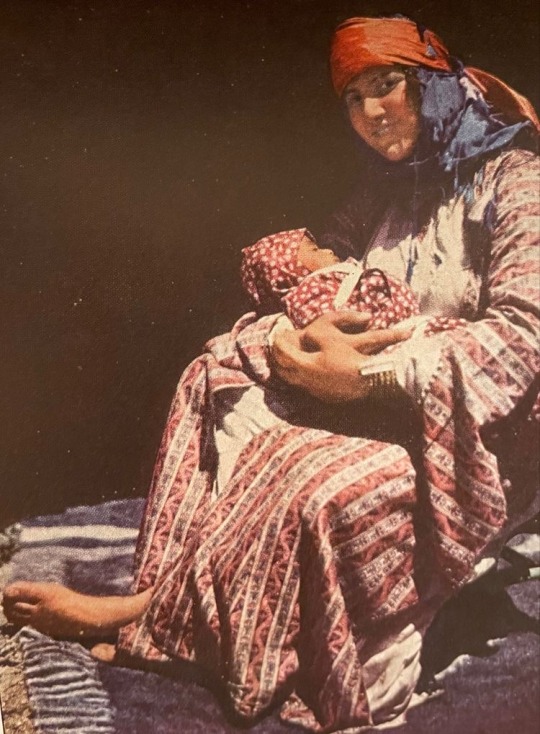



Continued

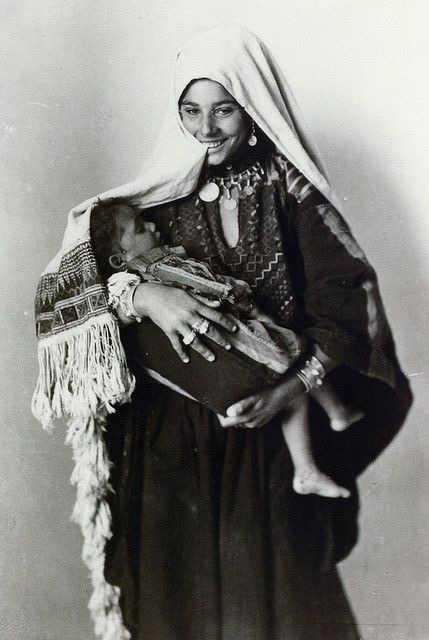


Various images of Palestinian women and their babies, pre-Nakba
8K notes
·
View notes
Text


Arab woman wearing kabkabs from Beirut, Lebanon - 1889 (Tancrède Dumas)
#west asia#middle east#asia#levant#Lebanon#traditional clothing#traditional jewelry#1800s#Beirut#Lebanese culture
517 notes
·
View notes
Text
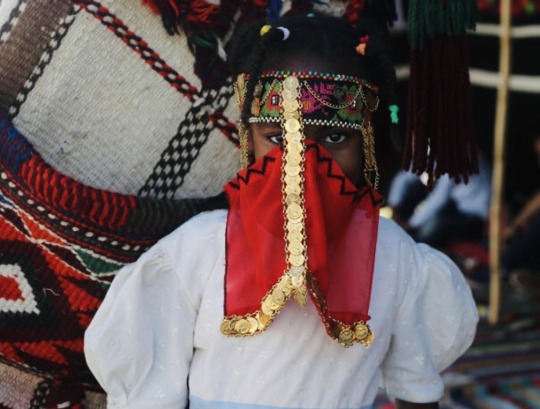


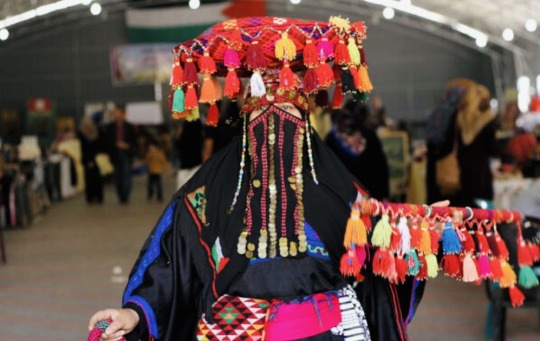
Gaza City, Gaza Strip. 20th Apr, 2016. Palestinians in Gaza city celebrate World Heritage Day by wearing traditional Palestinian dress and showing hand-made traditional products.
#palestine#west asia#middle east#asia#levant#palestinian culture#traditional jewelry#traditional clothing#world heritage day#Gaza#gaza city#gaza strip
8K notes
·
View notes
Text

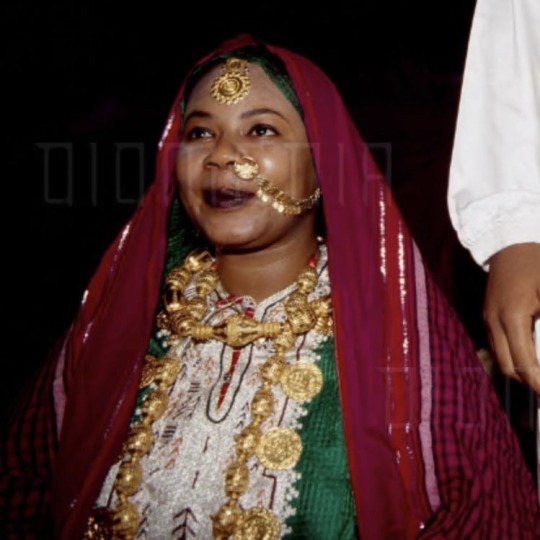
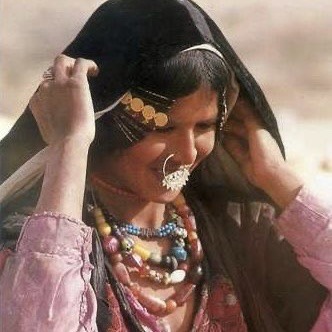


West Asian nose rings and jewels
Numerous types of nose rings have different names. For example, a nose ring worn in the right nostril is called a khizama, and a nose ring for the left nostril is a zimam. The classic nose ring (shanf) of silver or gold consists of an upper half made of thick wire and a lower half that is a semicircular disk decorated with filigree work. A special type of nose ring called the frayda is a large nose ring set with a pearl or turquoise. Some women wear a stud (also called a zimam in some regions) made out of gold or silver.
Apart from gold or silver studs for the nostrils, some Bedouin women and girls wear a pendant hung above the bridge of the nose; this is typically a flat piece of silver inlaid with glass beads with small rings and chains attached to it. Nose rings in West Asia have a long history dating back 4,000 years ago and are worn at all corners of the region.
Pictured left to right: Iran (Qesham), Oman, Iraq, Palestine, Saudi Arabia.
#west asia#middle east#asia#levant#oman#Iraq#iran#palestine#Arabian gulf#traditional jewelry#traditional clothing#nose ring#piercings#Bedouin culture
308 notes
·
View notes
Text
“Within a few weeks of UNSCOP starting its work, the Palestinians realised the cards had been stacked against them: the final result of this process would be a UN resolution on partitioning the country between the Palestinians, as the indigenous population, and a settler colony of newcomers, many of whom had arrived only recently. When Resolution 181 was adopted in November 1947, their worst nightmare began to unfold in front oftheir eyes: nine months after the British had announced their decision to leave, the Palestinians were at the mercy of an international organisation that appeared ready to ignore all the rules of international mediation, which its own Charter endorsed, and was willing to declare a solution that in Palestinian eyes was both illegal and immoral.”
Ilan Pappe - The Ethnic Cleansing of Palestine
70 notes
·
View notes
Text



Traditional makeup from Salalah/Dhofar, southern Oman.
In the past, the cheek and chin lines used to be tattooed but now are applied with makeup. The lines on the chin were not usually straight but drawn in a way that accentuated the cheekbones. The line on the chin was drawn for the effect of a chin dimple. In all, the purpose is for beauty and the making your face look smaller. Examples of it being worn on Omani women below.
#west asia#middle east#asia#oman#traditional makeup#traditional clothing#sultanate of oman#Arabian gulf#traditional tattooing
83 notes
·
View notes
Text
“When it created its nation-state, the Zionist movement did not wage a war that 'tragically but inevitably’ led to the expulsion of ‘parts of’ the indigenous population, but the other way round: the main goal was the ethnic cleansing of all of Palestine, which the movement coveted for its new state.”
Ilan Pappe - The Ethnic Cleansing of Palestine
268 notes
·
View notes
Text

Illustration from Harper’s Weekly, New York, 1878. A sword dance in Jericho, Palestine.
232 notes
·
View notes
Text
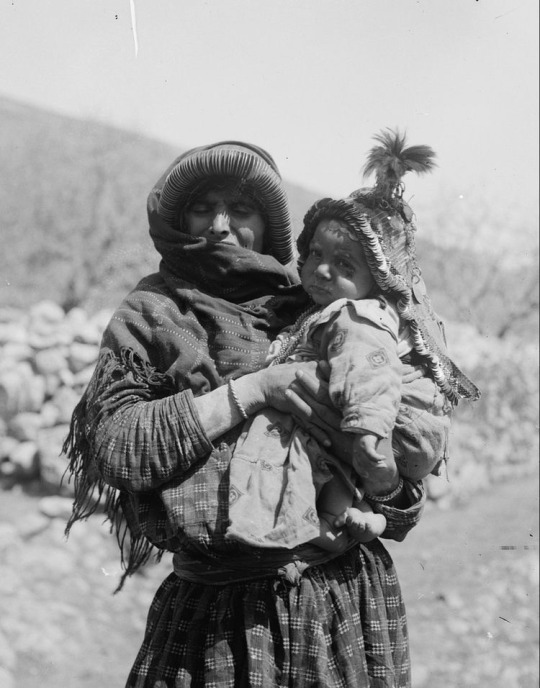
Palestinian woman and child, unknown location (possibly near Ramallah) - Pre-Nakba
#palestine#west asia#middle east#asia#levant#palestinian culture#vintage photography#traditional jewelry#1900s#traditional clothing#palestine photography#folk clothing#thobe
286 notes
·
View notes
Text
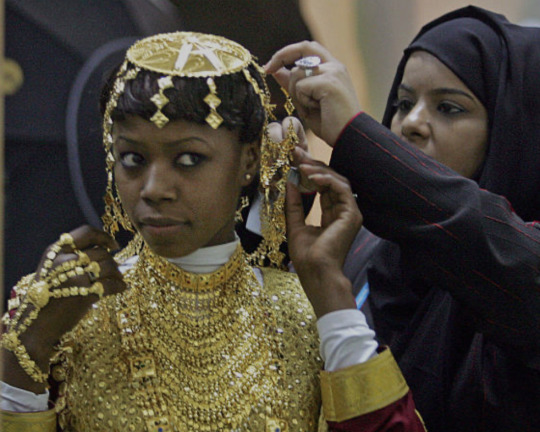
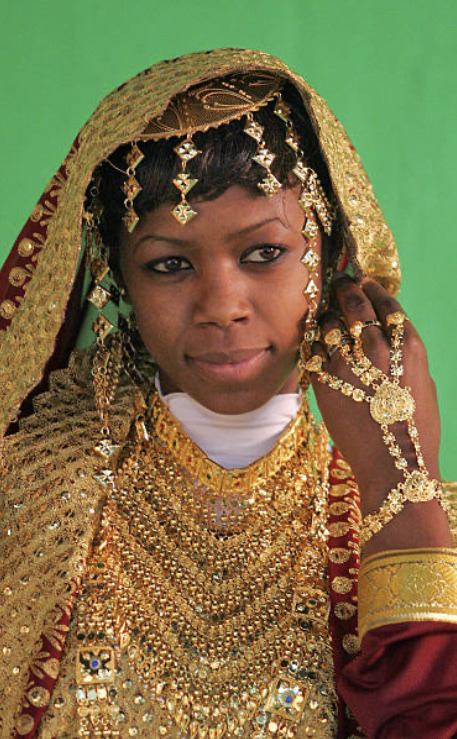
Palestinian runner Sanaa Abubkheet poses in traditional Qatari dress for a photographer at the Athletes Village of the 15th Asian Games in Doha, Qatar, 07 December 2006.
#palestine#west asia#middle east#asia#levant#traditional jewelry#traditional clothing#Doha#Qatar#Palestinians#Sanaa Abubkheet#Palestinian athletes
4K notes
·
View notes